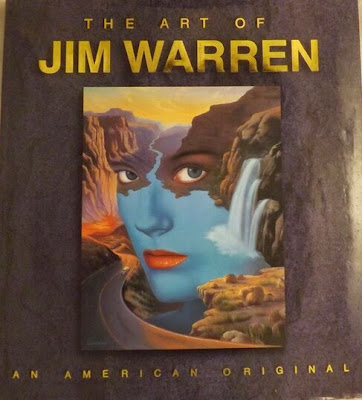Events in Ferguson, Missouri this week have been reported everywhere at length, discussed on radio, TV and online. I stayed well away from commenting, not because I don't care, but because I decided that, unless one had been present during the struggle between Michael Brown and police officer Darren Wilson in August, it'd be impossible to come to any reliable conclusion. I do think, though, that whatever happened, and however it happened, there was no need for so many shots, at least one of them fatal, to have been fired at an unarmed man by a police officer.
Police forces in the USA these days, encouraged by ownership of hand-me-down military equipment, seem to have concluded that they are, in fact, just one degree distant from the military - the armed forces - and will act accordingly.
For anyone who is still puzzled about how events unfolded on that street in Ferguson in August, there were a couple of really good, even-handed articles by Ezra Klein at Vox this week.
Darren Wilson's Story
Dorian Johnson' Story (Johnson was Brown's friend, and present during the events).
The concept of a grand jury was puzzling to me. In Britain grand juries have not been part of the system for many decades. (See Wikipedia's page on Grand Jury). While I understand the need for some kind of preliminary hearing in certain cases, to my mind setting such hearings before a jury of laymen doesn't seem like a good thing. On the other hand, as pointed out by husband during my queries, if lawyers or other official individuals only were involved, too much opportunity for collusion, corruption etc. would arise. Hmmm - well, that says a lot about the integrity of said lawyers and officials!
These lines from a piece by Walter Brasch, Perceptions of Reality — And a Failure to Indict, at Smirking Chimp website yesterday are significant -
Police forces in the USA these days, encouraged by ownership of hand-me-down military equipment, seem to have concluded that they are, in fact, just one degree distant from the military - the armed forces - and will act accordingly.
For anyone who is still puzzled about how events unfolded on that street in Ferguson in August, there were a couple of really good, even-handed articles by Ezra Klein at Vox this week.
Darren Wilson's Story
Dorian Johnson' Story (Johnson was Brown's friend, and present during the events).
The concept of a grand jury was puzzling to me. In Britain grand juries have not been part of the system for many decades. (See Wikipedia's page on Grand Jury). While I understand the need for some kind of preliminary hearing in certain cases, to my mind setting such hearings before a jury of laymen doesn't seem like a good thing. On the other hand, as pointed out by husband during my queries, if lawyers or other official individuals only were involved, too much opportunity for collusion, corruption etc. would arise. Hmmm - well, that says a lot about the integrity of said lawyers and officials!
These lines from a piece by Walter Brasch, Perceptions of Reality — And a Failure to Indict, at Smirking Chimp website yesterday are significant -
In my opinion a full trial, with a trial jury, would have been the only just way to go in this very sad case. But, as a relative outsider still, what do I know?..........because prosecutors are the ones who control grand juries. They are the ones who present evidence, call witnesses, and create the narrative the grand jury follows. There are no defense attorneys. There are no cross-examinations.
In one city in America, a prosecutor chose his witnesses and how to question them.
In one city in America, a 12-member grand jury—each with his or her own backgrounds and perceptions—listened to what was presented to them. They struggled to determine the facts, to try to reach a just verdict. And, after the prosecutor presented what he chose to present, that grand jury decided not to indict a police officer who shot and killed a suspect.
A maxim of the way the law is practiced, not how it is written, is that if they wanted to, prosecutors could get grand juries to indict a ham sandwich.
A maxim of life is that truth will eventually emerge—no matter how long it takes.














































